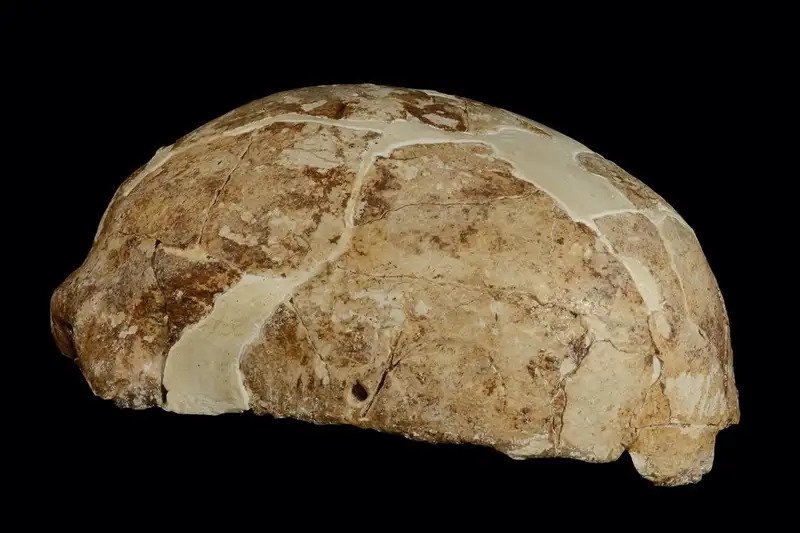Ancient DNA adds to evidence of Native Americans’ east Asian ancestry
An ancient woman’s skull from south-west China suggests she was related to a population that migrated from east Asia to North America 14,000 years ago, DNA has shown.
Researchers have sequenced the genomes of ancient human fossils from the Late Pleistocene in southern China for the first time. Current Biology publishes data that suggests the mysterious hominid may have been related to an extinct maternal branch of modern humans that may have contributed to Native American origins.
Bing Su of the Kunming Institute of Zoology of the Chinese Academy of Sciences says ancient DNA techniques are compelling. The Red Deer Cave dwellers were modern humans rather than archaic species like Neanderthals or Denisovans, despite their unusual morphological features.

Genomes from these fossils were compared with genomes from people around the globe. Upon further investigation, they determined that the bones belonged to someone with roots in East Asian Native American culture.
These findings, combined with data from earlier research, led the researchers to propose that some South East Asians had reached Siberia tens of thousands of years ago via Japan along the coast of present-day East China.
In this way, they reached North America for the first time by crossing the Bering Strait, which separates Asia from North America. Almost 30 years ago, Chinese archaeologists discovered large bone fragments in a cave in the Yunnan province, in the south of the country, called Maludong or Red Deer, kickstarting the path to the recent find.
According to carbon dating, the fossils date from the Late Pleistocene, approximately 14,000 years ago, when modern humans were migrating around the globe.
Researchers recovered a hominid’s skull with modern and archaic features in the cave. For example, a Neanderthal-like skull shape and smaller brains were seen in the specimens.
Due to this, some anthropologists believed that the skull likely belonged to an unknown archaic human species or to a hybrid population of archaics and modern humans.
In 2018, Bing Su and his colleagues successfully extracted ancient DNA from the skull in collaboration with Xueping Ji.
This was in collaboration with the Yunnan Institute of Cultural Relics and Archaeology. The genome of the hominid shows that it descended from an extinct maternal lineage of modern humans. These descendants live in East Asia, the Indochinese peninsula, and the Southeast Asian islands.
The findings also demonstrate that southern East Asian hominins possessed more genetic and morphological diversity than northern East Asians during the Late Pleistocene. Based on this, Su suggests that the first humans in East Asia settled in the south before some moved north.
The study provides important evidence for understanding early human migration, Su says. Next, the team plans to sequence more ancient human DNA using fossils from southern East Asia, especially those that predate the Red Deer Cave dwellers.
In addition to a better understanding of how our ancestors migrated, these data will also be helpful in understanding how humans have changed their physical appearance over time as they adapted to a changing environment. Su concludes: “These data may provide us with information about how humans have changed their physical appearance as they have adapted to local environments over time.”





